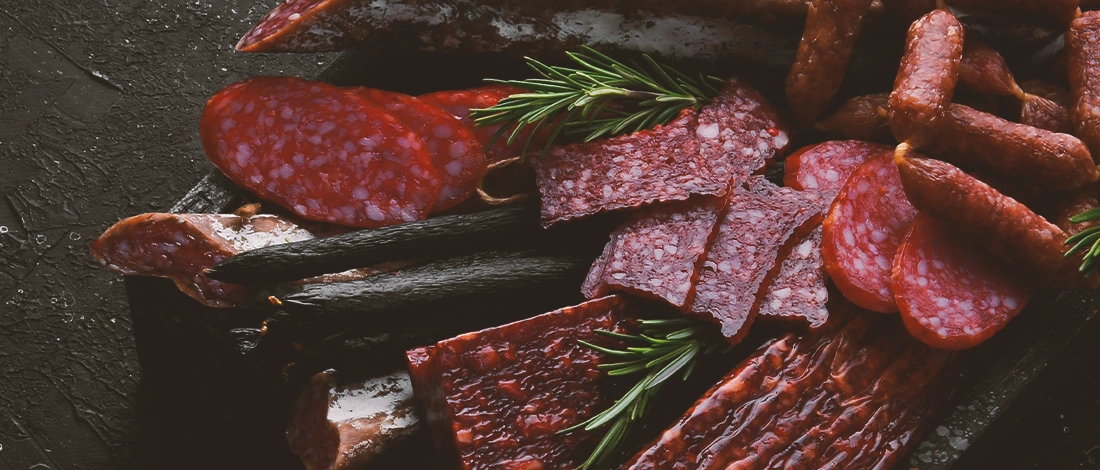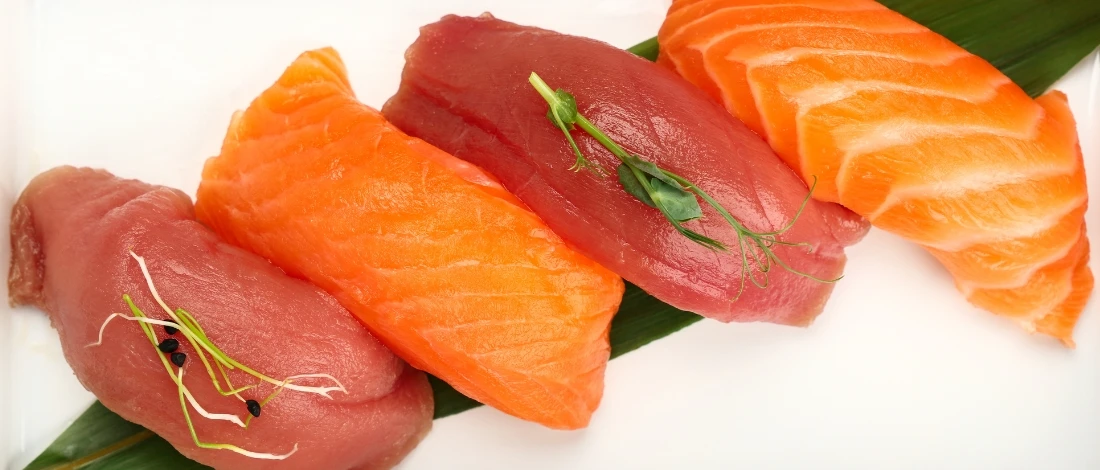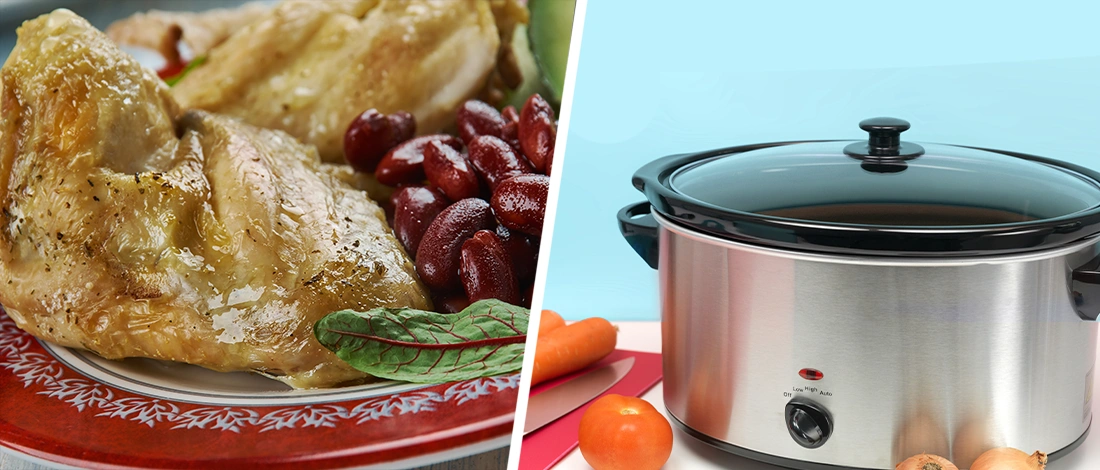Meat is an essential part of my diet. It’s tasty and a great source of protein and nutrients. But, I’ll be the first to admit, it matters how you prepare meat.
I’ve been on a carnivore diet for more than a decade, and over this time, I’ve perfected pretty much every way of cooking meat. But, I’ve recently been trying to eat more healthily.
I’ve talked with a nutritionist friend and checked research done on meat cooking methods. Today, I’ll talk about all the ways in which you can prepare meat so you can have a healthy carnivore diet.
Quick Summary
- The healthiest way to cook meat is teaming, boiling, sous vide, and slow cooking.
- Cooking methods matter for meat's health benefits; lower temperature methods are healthier.
- High-heat methods like grilling, broiling, and deep-frying can form harmful compounds.
Why Do Meat Cooking Methods Matter?

Meat cooking methods matter because some studies say that over-consuming meat, especially red meats, isn’t healthy in the long term [1].
Red meats have been getting a lot of bad rep recently. While some experts say it’s not so bad, many studies claim this meat has more cholesterol and saturated fat compared to chicken and fish [2].
My personal favorite meat delivery service is ButcherBox because it lets me pick my own custom boxes of premium-quality meat that is sustainably sourced, antibiotic-free, and has the most delicious softness.
“Despite all the hype surrounding red meat, it really isn’t so bad for you. More research is showing that processed foods and the sugars in our diet contribute to inflammation which can lead to high cholesterol and heart disease … the blame shouldn’t be on red meat alone.”
-Anar Allidina, Registered Dietitian
However, if you prepare meat in a healthy way, there’s a lower chance it’ll be bad for you.
For example, cooking at high and low temperatures is vastly different from a health standpoint.
High-heat cooking methods include grilling, frying, deep-frying, and broiling. All of these can form heterocyclic amines and polycyclic aromatic hydrocarbons, which are unhealthy compounds.
These compounds form as meat nutrients and react with other meat components at high temperatures [3]. Ingesting these compounds can lead to several kinds of cancer, such as pancreatic cancer [4] [5].
Also, depending on the cooking methods you use, you may lose healthy nutrients during the cooking process. That’s why you should use healthy cooking methods that minimize nutrient loss and don’t produce harmful chemicals.
Also Read: Should You Wash Meat Before Cooking?
10 Healthy Ways of Cooking Meat

Here are the ways you can prepare meat via healthy cooking methods:
1. Steaming and Boiling
Steaming and boiling are ways to cook meat via moist heat. These have a low cancer risk and are some of the healthiest ways to cook meat because they are done at lower temperatures.
Also, if you’re on a diet or watching what you eat, you should eat steamed or boiled food.
Apart from meat, you can prepare vegetables. They’ll be full of water-soluble nutrients and can help control blood cholesterol.
2. Sous Vide

Sous vide is French for under vacuum. The meat is sealed in a plastic bag and cooked for one or several hours in a water bath in this cooking method.
Sous vide cooking temperature is between 130 to 140 degrees, which helps form less harmful chemicals compared to cooking at high temperatures.
You can also control the time and the cooking temperature. The result is evenly cooked and tender meat. Plus, the juices aren’t lost but are saved in the bag. Because of this, sous vide has great retention of nutrients and vitamins.
One disadvantage of sous vide is that cooking some types of meat, such as a steak, can take an hour or more.
3. Slow Cooking
Slow cooking takes third place among the healthiest cooking techniques. You’ll need a slow cooker or a crockpot for slow cooking. This is an electronically heated bowl with a glass lid, usually made of ceramic.
The slow cooking temperature goes from 190 degrees to 250 degrees. These temperatures make the meat full of health benefits and lower the formation of harmful chemicals.
Compared to other ways of cooking meat, this one is extremely easy. Just season the meat, place it in the pot, and wait for it to cook. There’s no need to check on the cooking progress.
However, its disadvantage is the wait time — you’ll have to wait six to eight hours to finish cooking before you can eat the meat.
Slow cooking is especially good for tough meat cuts, such as brisket, as it makes it tender. It’s not the best method for delicate meats such as poultry, making it too soft.
4. Stir Fry and Saute
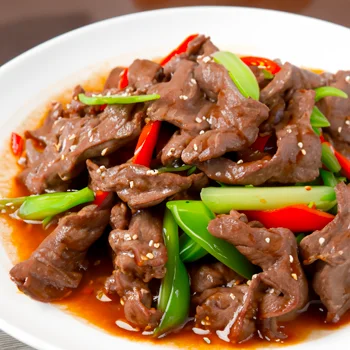
When stir-frying or pan-frying, you need to heat oil at high temperatures.
The downside is that this can cause harmful by-products because fumes get released when overheating the cooking oils. These fumes can have heterocyclic amines and polycyclic aromatic hydrocarbons.
However, this doesn’t mean you should stop stir-frying or sauteing. Instead, you can make it healthy.
Keep the cooking time short. This will control oxidation. Also, use cooking liquid with a high smoke to reduce fumes, such as avocado, olive oil, or peanut oil, when marinating meat.
Overall, these cooking techniques retain nutrients better than other cooking methods.
5. Poaching
Poaching is similar to simmering and stewing. When you want to prepare the meat by poaching, you’ll have to cook it at a gentle simmer in a cooking liquid such as broth or water.
Poaching is done at a temperature of 140 to 180 degrees. This method takes slightly longer than others, but it’s done at a lower temperature, making it healthier.
Poaching is great for delicate food such as chicken, fish, salmon, chicken breasts for salad, or duck.
Pro tip: Use a meat thermometer to check if the meat is safely cooked when poaching. The internal temperature should be 165 degrees for chicken or 145 for beef and pork.
6. Roasting

Roasting is a form of cooking that uses dry heat. You need a large dish called a roasting pan. These pans often have a rack that keeps the meat above the dripping juices while it cooks.
The roasting temperature is usually between 300 to 425 degrees, and cooking time is fast — from half an hour to one hour, depending on the meat cooked.
Overall, roasting is one of the healthy ways to cook meat, and it doesn’t lose a lot of vitamin C.
However, because it’s done at high temperatures, it loses a lot of Vitamin B because they drip from the meat. However, you can gather the juices as the meat cooks and serve them together.
7. Broiling
Broiling is done when you place food above a direct heat source, such as an oven broiler.
As this way of cooking meat is done at a high temperature (500 to 550 degrees), there’s an increased risk of advanced glycation end products forming.
These compounds can lead to diseases such as heart and kidney disease [7]. One study even found that broiled beef has higher levels of AGEs compared to other methods of cooking [8].
My favorite way to make broiling healthy is to keep the cooking time short and remove meat from high heat before it gets charred.
8. Grilling
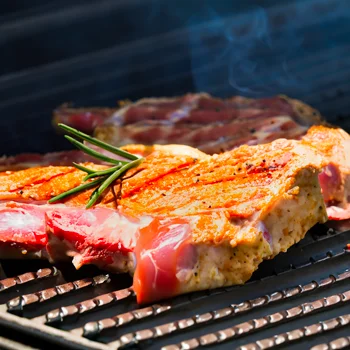
Grilling is similar to broiling. It’s a way to prepare meats at high temperatures (375 to 450 degrees). You also place the food above a direct heat source to make it charred or crispy.
However, grilled meat is associated with higher cancer risk in some people. Plus, grilling can cause acrylamide to form, the same as broiling.
One way to make grilling healthier is to use grass-fed meat and marinate it in vinegar, lemon juice, or herbs. These work as a barrier against potentially harmful compounds.
9. Pressure Cooking
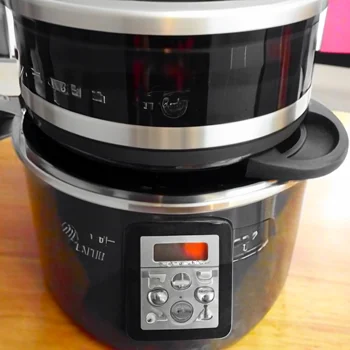
Pressure cooking is one of the moist heat cooking methods. It lets you cook food quickly and doesn’t use a lot of energy.
You’ll need a pressure cooker for this cooking method. A pressure cooker is a pot that has a sealed lid and safety valve. The valve controls the steam pressure that builds up inside the pot.
The water boils inside the pressure cooker, reaching temperatures from 212 degrees to 250 degrees. The rule is that the higher the heat, the faster the cooking time.
Pressure cooking has less cholesterol oxidation, gives plenty of flavors, and tender meat [6]. It’s also a good choice if you’re in a hurry, as this is one of the fastest cooking ways.
However, it has one disadvantage — you’ll have to open the pot to check for doneness, which somewhat slows down the cooking process.
Pressure cooking tenderizes the meat which makes it significantly easier to digest so you get maximum nutrition. It also minimizes the risk of carcinogens present in charred meat from other cooking methods because pressure cooking is a moist heat method.
- Jules Clancy, food scientist and founder of Stonesoup
10. Deep Fry
Deep-frying is a popular way to make hot dogs, French Fries, and potato chips, but it’s not one of the healthy forms of cooking.
Deep-frying involves immersing food in fat during cooking. Often, meat is breaded or coated in batter before deep-fried, making it extra unhealthy.
You should avoid deep-frying because it can increase disease risk compared to other cooking ways.
Related Articles:
FAQs
What Is the Best Way to Cook Meat to Retain Nutrients?
The best way to cook meat to retain nutrients is steaming.
What’s the Healthiest Meat to Eat?
The healthiest meat to eat is beef, lamb, bison, goat, and chicken.
References:
- https://www.ncbi.nlm.nih.gov/pmc/articles/PMC4698595/
- https://pubmed.ncbi.nlm.nih.gov/15927927/
- https://pubmed.ncbi.nlm.nih.gov/26776018/
- https://pubmed.ncbi.nlm.nih.gov/26656511/
- https://pubmed.ncbi.nlm.nih.gov/26656511/
- https://pubmed.ncbi.nlm.nih.gov/22060572/




